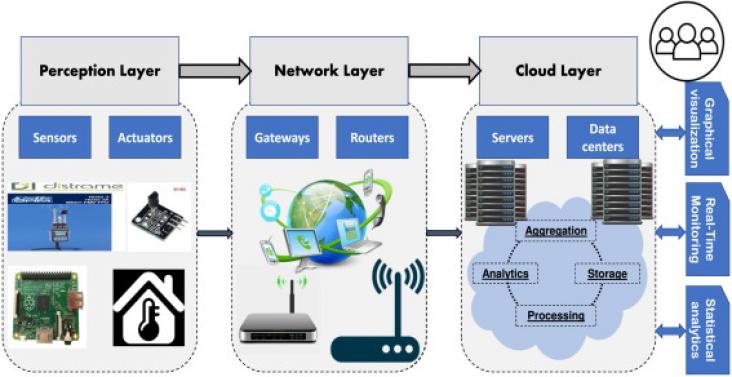The authors propose the adoption of a mnemonic for climate action that healthcare professionals can embrace and use as a platform to catalyse action.

Transitioning the energy sector to zero or net-zero emission of greenhouse gasses (GHG) and substantially reducing other pollutants is a massive, costly, and long-term effort.

Monitoring the thermal comfort of building occupants is crucial for ensuring sustainable and efficient energy consumption in residential buildings.
Extreme heat at outdoor COVID-19 vaccination sites
Day for Tomorrow: a parallel to Earth Day to join in community for education regarding about disaster preparedness and the need to tackle climate change.
The evolution and development of a Center for the Environment and Health at one large academic hospital, as one model for approaching climate change in the healthcare environment.
A study to determine the knowledge and attitudes of future physicians in the Cordillera Region of the Philippines towards climate change.
Training future healthcare sustainability leaders in Canada.
Tracking progress toward the Sustainable Development Goals (SDGs) requires monitoring of various social-ecological indicators over space and time, including the ratio of land consumption rate to po

